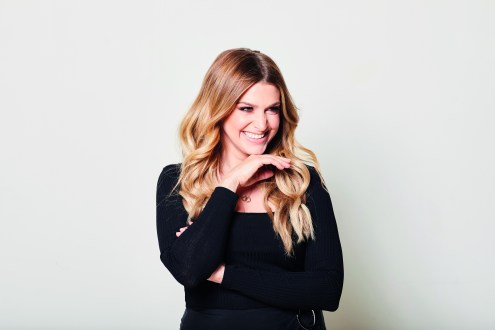My team does not get along
Award-winning coach, Kim Morgan, helps a group of office workers understand each other better and improve their relationships

Coaching session 1: Call for help
The managing director who called me sounded desperate: ‘I need you to bring about a controlled explosion!’ She was in despair about her team of six in-house trainers. Five of them were loud and energetic. They worked in a noisy, open-plan office, had after-work parties and there was lots of ‘high-fiving’ to celebrate success. However, Maria*, the sixth, newest team member was reserved, thoughtful and studious, and liked quiet time alone.
A high level of tension and conflict had developed in the team. Maria thought the others were domineering. She required quiet time and felt as if her needs were not respected. The others thought she was aloof and condescending, and was spoiling their fun.
Nothing could have prepared me for the level of animosity I sensed at the first team coaching session. I felt everyone needed an equal opportunity to be heard and express their feelings before we could even start to seek solutions. I allocated 15 minutes of ‘airtime’ to every person. As each staff member was speaking, I requested that the others give their complete attention to the speaker and listen in silence without interrupting.
High levels of emotion were still apparent, but I noticed that, because they were not permitted to interrupt each another, the team began to build on one another’s thinking in a constructive way. At the end of the session, I felt people seemed calmer and more respectful towards each another.
Quieter, more introverted people often don’t get heard in meetings. This ‘allocated airtime’ approach to meetings ensures equality of time and attention for everyone.
Coaching session 2: Talking it through
‘I am clearly dealing with five outrageous extroverts and one quiet introvert,’ I told my supervisor. He cautioned me about the dangers of stereotyping. He reminded me that extroversion and introversion are terms on a continuum, and that our attributes can vary according to our circumstances and life stages.
‘The most significant difference between extroverts and introverts is how they each recharge their energy. After prolonged social interaction, an introvert is more likely to need quiet time to reflect and be alone to recharge their energy, whereas an extrovert is likely to feel recharged by the experience itself, and can even feel drained by being alone,’ my supervisor explained. ‘It seems that these people are working in an extrovert workplace, which is particularly stressful for Maria, who has no means of escaping to recharge her batteries.’
Coaching session 3: Understanding each other
Since our first session, team members were beginning to appreciate the different strengths of each person. We addressed two crucial issues: the need for everyone to feel valued for their unique contribution; and practical steps to ensure that everyone functions at their best.
I also stressed the significance of praise and appreciation, and the idea that the optimal ratio of praise to criticism in all relationships is accepted to be 5:1. They agreed to make time for authentic appreciation of one another each week. The team agreed a room would be cleared out as an office for Maria; she would use it to recharge and wasn’t being ‘antisocial’. She agreed to have lunch with colleagues weekly and they adopted an ‘allocated airtime’ meeting style.
I left the team with the message that the key to behaviour change is to practise new behaviour like a drill: over and over again. Changing habits requires effort and discipline. You cannot do it once or twice and expect it to stick.
For more from Kim, go to barefootcoaching.co.uk
Photograph: iStock








